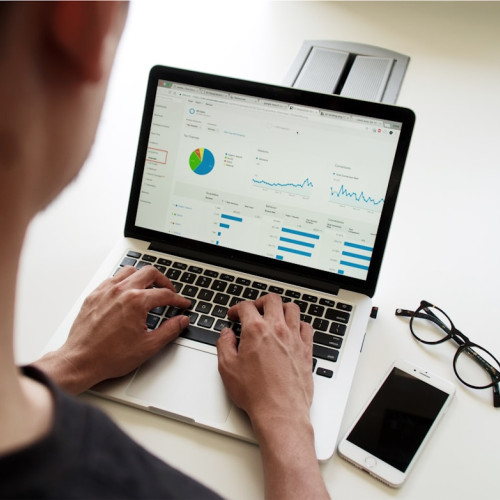
How Markets Work: A Beginner’s Guide to Understanding Economics
# Introduction. Understanding how markets work is an essential foundation for anyone interested in economics, finance, or even casual investing. Markets are the backbone of economic activity, enabling the buying and selling of goods, services, and assets. This guide aims to break down the complexities of markets into digestible components, making it easy for beginners to grasp fundamental concepts. # What Are Markets?. At its core, a market is a system or place where buyers and sellers interact to exchange goods and services. Markets can take many forms—physical locations like farmers' markets or shopping centers, as well as virtual spaces like online marketplaces and stock exchanges. Markets operate on the principles of supply and demand, which dictate how goods and services are priced and sold. ## Types of Markets. Markets can be categorized into several types, each with unique characteristics: 1. **Perfect Competition:** A market structure where numerous small firms compete against each other, resulting in no single company having control over prices. 2. **Monopoly:** A market dominated by a single seller, often leading to higher prices for consumers since they have no alternative choices. 3. **Oligopoly:** A market structure characterized by a small number of large firms, where each firm can influence market prices. 4. **Monopolistic Competition:** A market with many firms that sell similar but not identical products, allowing for some degree of price control. Each type of market plays a crucial role in the overall economy, impacting everything from consumer choices to employment rates and economic growth. # The Role of Supply and Demand. The concept of supply and demand is foundational to understanding how markets work. **Supply** refers to the quantity of a good or service that producers are willing to sell at various prices, while **demand** is the quantity that consumers are willing to purchase at those prices. The interaction between supply and demand determines the market price of goods and services. When demand exceeds supply, prices tend to rise, attracting more suppliers to the market. Conversely, if supply exceeds demand, prices often fall to encourage more consumer purchases. This delicate balance is continuously in flux based on consumers' preferences, technological advancements, and external economic factors. ## Market Equilibrium. Market equilibrium occurs when the quantity supplied equals the quantity demanded at a given price, creating a state where there is neither excess supply nor excess demand. At this point, prices stabilize, and economic efficiency is achieved. However, external factors such as government regulations, taxes, and shifts in consumer behavior can disrupt this equilibrium, often leading to shifts in prices and quantities in the market. # The Impact of Government Regulations. Governments can have a significant impact on how markets operate through regulations, taxation, and subsidies. Regulations are laws that govern how businesses can operate, often aimed at promoting fair competition, consumer protection, and environmental sustainability. While these regulations can enhance market fairness, they can also introduce inefficiencies, potentially leading to higher costs for consumers. Taxation affects market behavior by altering the incentives for both producers and consumers. High taxes on production can lead to decreased supply, while consumer taxes can diminish purchasing power and demand. Conversely, subsidies may encourage production and market entry, fostering competition and potentially lowering prices. # Conclusion. Understanding how markets work is essential for making informed decisions, whether you're shopping for groceries, investing in stocks, or simply navigating economic news. By grasping the basic concepts of supply and demand, market structures, equilibrium, and the role of government, you set a solid foundation for further exploration into economics and finance. Markets are dynamic systems that continually evolve, and staying educated about their functioning can empower you as a consumer and investor alike. .







